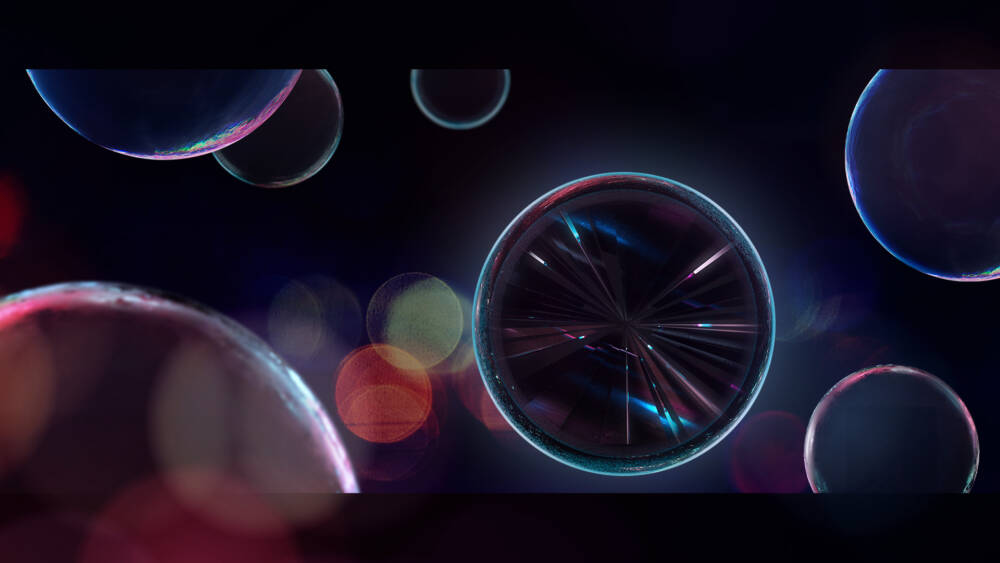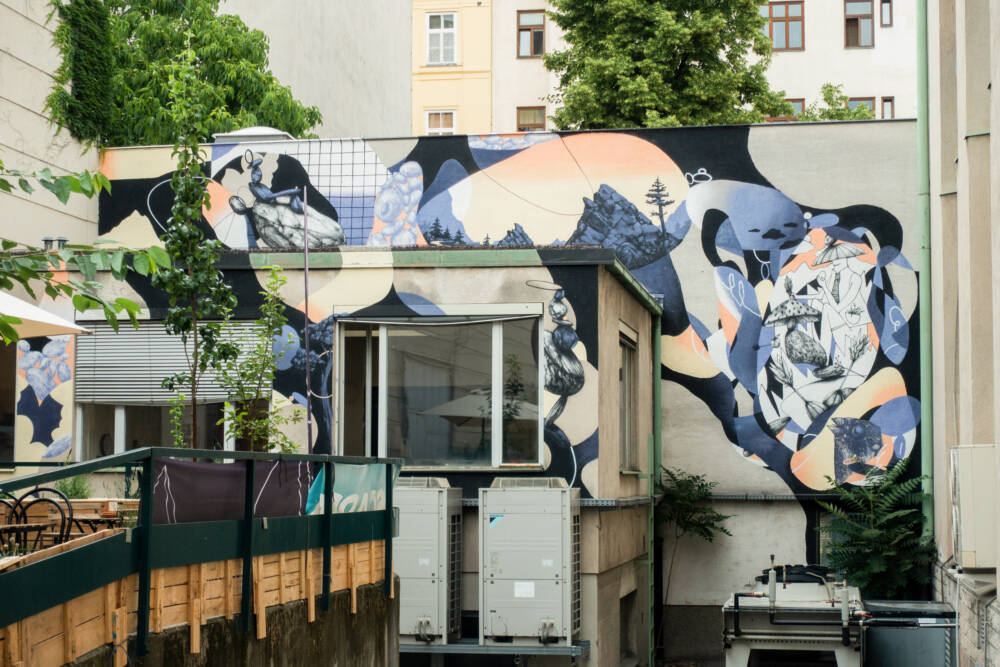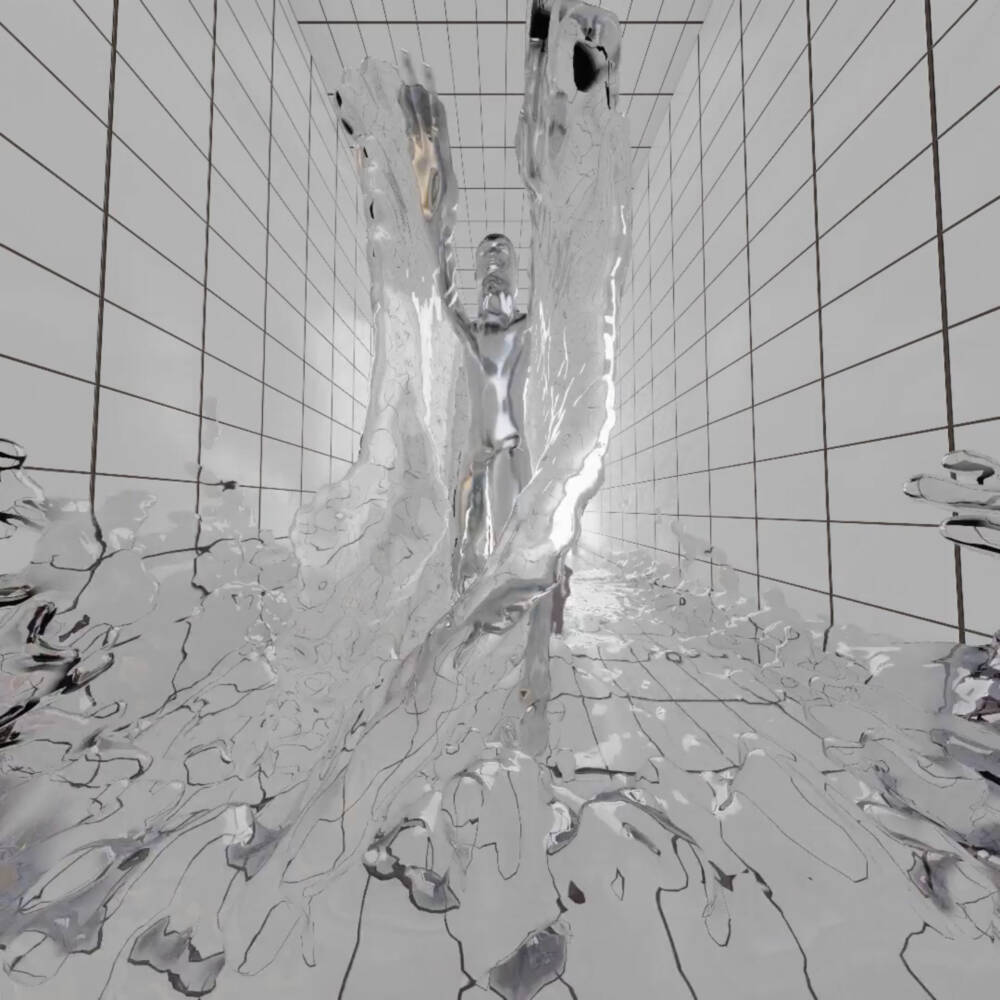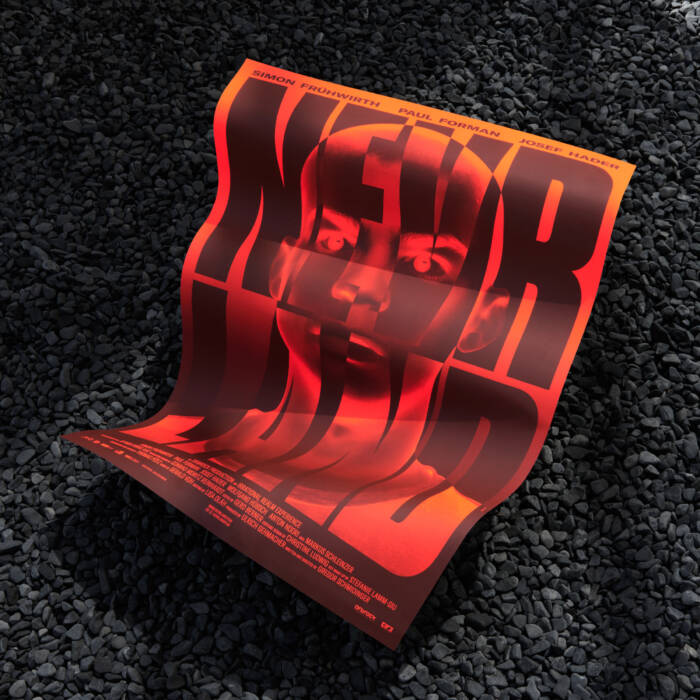Asking Creatives of Forward #3: If you could make up your dream client, what would they be like?
Have you ever wondered about how other creatives work or deal with the difficulties of the creative industries? Welcome to “Asking Creatives of Forward”, our new series in which we ask the creatives of our newly founded Forward Network about their daily hustle, their techniques and other advice.
Forward Network is THE hub between brands and creatives that aims to enable successful collaborations and projects that outshine the competition. By now the network already counts about 40 creatives of 14 different fields ranging from photography, AR/VR, motion design, 3D, creative code, film, sound design, street art, lettering, AI, text and illustration.
Working as a self employed creative bears the risk of never knowing exactly what a client will be like but still be dependent on them. Unfortunately, the majority of creatives can’t afford the luxury of choosing who they want to work for or not. But what if they could? In the third edition of “Asking creatives of Forward” our members dreamed up the ideal client and let us know what the important components of a fruitful collaboration are.
Subscribe to our newsletter to stay updated on the ever-growing network and find more info about joining as a creative or starting a project with the network here.
If you could make up your dream client, what would they be like?
101: We put a lot of effort into understanding a brand’s core in order to develop a communication that is not just aesthetic but really translates the client’s identity. Dream clients trust our competence in that matter and dare to walk with us along the way in the creative process, sometimes following unusual paths in design and coding. It takes courage to admit to such a process, especially if you cannot anticipate the full spectrum of the end result in the beginning. Also we sign an agreement with our clients before we start working with them: we persist in a respectful working environment and communication, where sexism, racism and homophobia have no space and lead to a breach of contract. All of our clients have to be on common ground with us here.
Artefact: We don’t necessarily think of a perfect client, but we do share a passion for augmenting our built environment through augmented reality. We are interested in telling stories through this new medium, and see our built environment as a canvas of possibilities. Our process usually starts with a conversation where we listen and try to define the needs of our clients. Our strengths are definitely bound to conceptualizing complex scenarios and executing them with high-end artistic approaches. This leads to meaningful and visually pleasing experiences which tell the client’s story in the most effective and imaginative way.
Friend: reliability, fair payment, discretion.
Lucas Christiansen: I don’t really have THE dream client. Of course, I would be happy to work for cool and big fashion clients, but for me, it’s more about the project itself, what counts. Lately I got hired not only for my sense of photography, but also for my art-direction and supervision, which is really cool. It gives me more space and freedom to show my creativity and my skills, I think that’s what counts – To be free and creative in your own way of working. If a client can offer me this and everybody is happy with the outcome at the end of the project, then this for me is a dream client.
Allan Berger: It is advantageous if a project offers a certain degree of freedom and creativity while at the same time providing a basic orientation as to what the result should look like. Trust. Clear communication. Working with the client as a team. Appreciation and awareness of the time of all people involved on all sides.

David Silva: I like to sit with my client and gather ideas together and work on a very nicely done moodboard that takes time enough to pick the right references that allow me to point the aesthetics and concepts further, and deeper. After that, a sketching session, pencil and paper, and then go to the machine and do the magic there.
keinGarten: detailed briefing, enough time, no feedback, fair payment – never happened before.
Rosa Kammermeier: The dream client knows your style and appreciates it. They give you a good description of the content, the goal and the technical specs, but don’t give you too detailed requirements. Trust in my creativity lets me get think bigger and be more creative. I already had some dream clients, and the more you found your style, the more dream clients you attract. The ideal process would be: I get a good brief, 2 weeks until the first round – i deliver 3 concepts – customer chooses one idea / with small adjustments and I have 2 more weeks to finish the work.
Maximilian Prag: trusting, pushing, cooperating, constructive, breaks and talking about how you feel in relation. listening.

Robert Wagenlechner: A dream client is any client who truly wants to do something that stands out and connects with their desired audience. The client’s size or popularity doesn’t matter for me. What matters is their ambition and will to make the most of their possibilities, allowing things to happen rather than controlling everything. An ideal process for working with any client, over-simplified: put everyone involved in a position to successfully contribute to the job. And when they are in position, just get out of the way and let them do their job. Trust each other.
CIN CIN: I think it was in 2019, when I was doing a full page illustration and two silhouettes for an article about very famous rave events in Berlin for the magazin “Das Wetter”. I loved the article and the meaning behind it very much, plus I was super happy about my work on Illustration. But then at the last moment the organization behind those rave events was extremely against the article so the publishers of the magazin had to cancel it.

PERKUP: My dream client knows my style, knows what to expect, appreciates the work I do and communicates all facts openly and understands everything I say. ^^
Process Studio: At the studio we take on new clients with a project/product/etc that interests us and which does not go against our values. A realistic timeline and an adequate budget are required, too.
Andi Meier: Fortunately, I’ve been able to work with so many wonderful clients, from big ones like Apple, Puma or Disney to great small ones like Tilmans Biere or Klimahaus Bremerhaven. And I’ve been very lucky that so far everyone I’ve had the chance to work with has always been super nice and grateful. The ideal client: “We have an unbelievable amount of budget, time as much as you need, you can develop it completely and it’s for a good cause.

David Adeoye: I‘d love to do a whole sound design for an electric vehicle. It’s the perfect canvas, you could do everything from the motor sound to the Feedback sounds inside of the vehicle. The ideal process of working with a client is that they are open, trust you and allow for creative freedom. Ideally clients have references of the vibe they want to have ready, it’s very important to align there.
Monika Ernst: A dream client is someone who knows where his strengths lie, but also knows where mine lie to enable an intense exchange of knowledge and skills. I love working with people who have a lot of expertise in a very specific field that I’m no expert in. It really motivates me to learn from my client, but also educate them in fields I have a lot of know-how in.
LWZ: I think there is nothing like a dream client. Every client is unique. When it comes to clients there is one certain rule at the LWZ: if you don’t like to drink a beer with the person you work for, you should not work for him or her.
Zoe Guggenbichler: My dream client is open-minded and motivated to create unique and crazy project ideas. Of course, my dream client also has a lot of love for the project we are working on. I am very happy that I already had the pleasure of working with my dream clients.

Marko Mestrovic: I’ve worked on a project where the client totally trusted us in creating the pictures they needed, they weren’t even on set for the shooting days. It was ideal to me in the sense that I could choose my frames freely, go out and shoot whenever I wanted and give the photos a look that was new and gritty.
REVKIN: I am really lucky to have worked with a couple of dream clients. What makes a great client for me is their willingness to explore together. To be open about the unknown. There isn’t the ideal process of working for me. It’s a lot to do with personalities, with mutual respect and love for the thing itself.
Thomas Waidhofer: A collaboration with Flos or Artemide would probably be the greatest thing for someone who loves designing and building lamps as much as I do. However, actually I ‘m afraid that the client will interfere too much, because a mass-produced product has to meet completely different requirements than my one-offs or small series.
Lukas Diemling: II love working for people/small companies that have a vision and are willing to change, rather than big corporations that are already very Settled. With some of my clients I already went through that ,ideal‘ process, there was always a lot of trust and cooperation involved from both sides, something I would love to have in Future projects too!
Do you want to start a project or apply as a creative and join the network? Visit our website for more information.
The launch of Forward Network is supported by Vienna Business Agency.





